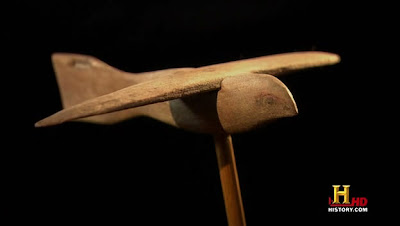PARICUTIN VOLCANO
Parícutin is a cinder cone volcano in the Mexican state of Michoacán, close to a lava-covered village of the same name. This volcano is unique from others because its formation was witnessed from its very inception. It is one of the seven natural wonders of the world.
Three weeks before the actual eruption, rumbling noises that resembled thunder were heard by people near Parícutin village. These were actually deep earthquakes. Much of the volcano's growth occurred during its first year, while it was still in the explosive pyroclastic phase. The nearby villages Parícutin (after which the volcano was named) and San Juan Parangaricutiro were both buried in lava and ash; the residents relocated to vacant land nearby.
At the end of this phase, after roughly one year, the volcano reached the height of 336 metres (1,102 feet). For the next eight years the volcano continued erupting by relatively quiet eruptions of lava that scorched the surrounding 25 square kilometres (9.7 square miles; 6,200 acres) of land. The volcano's activity slowly declined during this period until the last six months of the eruption, during which violent and explosive activity was frequent. In 1952, the eruption ended and Parícutin went quiet, attaining a final height of 424 metres (1,391 feet). The volcano has been quiet since. Like most cinder cones, Parícutin is believed to be amonogenetic volcano, which means that once it has finished erupting, it will never erupt again. Any new eruptions in a monogenetic volcanic field erupt in a new location.






Comments
Post a Comment